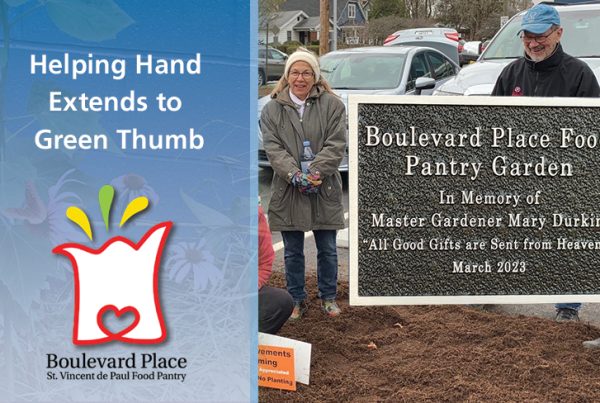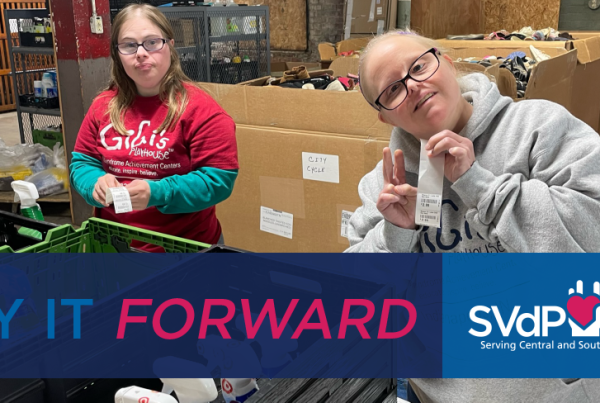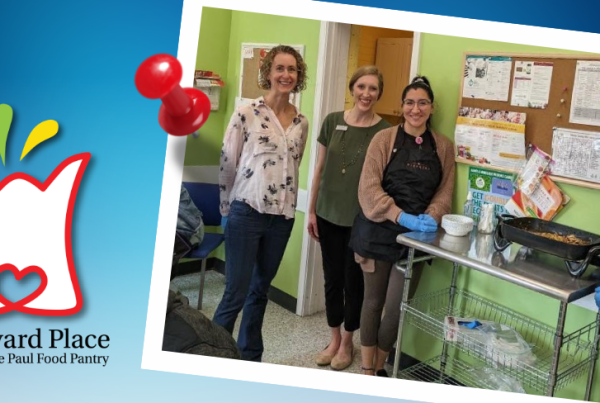The January 31, 2014, issue of The Criterion, the Indianapolis Archdiocesan newspaper, devoted its center spread to a series of articles entitled, “The Faces of Poverty.” The articles were timely reminders to all Catholics—including all Vincentians who labor on behalf of the poverty-stricken in our community—regarding the reality of poverty and the need for compassion. The information contained in the articles offers a cleansing opportunity to those of us who may, perhaps for just a fleeting moment, buy into any of the commonly-held stereotypes regarding the poor and the circumstances they face. With permission from The Criterion we are re-presenting some of the material, with non-substantive editing.
As we continue in our mission to help the poor, we encounter many myths and stereotypes about those who live in poverty. Here are five of the most commonly held myths, along with their fact-based responses:
Myth #1: The poor are poor because they choose to be.
Fact: Most people are poor because they have experienced a job loss, a health crisis, reduced wages or the loss of a wage earner in the family due to death, divorce or desertion. We call this “situational poverty,” as opposed to “generational poverty” where three or more successive generations have experienced it.
Myth #2: The poor are lazy. Indiana has a culture of welfare dependence, and these people just need to get a job.
Fact: Nearly three-quarters of low-income Hoosier families have at least one adult who is working, but that doesn’t mean they are in adequate-paying jobs, or that they are able to present themselves to employers as appropriately trained and educated for such a job. When you meet someone living in poverty, ask if he or she would prefer to work in a good-paying job or continue to live on welfare.
Myth #3: Those who get on welfare stay on welfare.
Fact: Of those who receive welfare assist-ance, more than half stop receiving benefits after a year, 70 percent within two years, and 85 percent within four years. The disabled, mentally challenged or elderly without resources will always need some type of assistance.
Myth #4: Illegal immigrants are draining the Indiana economy.
Fact: Only U.S. citizens and those with legal status can apply for public-assistance benefits: both food stamps (Supplemental Nutrition Assistance Program––SNAP) and welfare (Temporary Assistance for Needy Families––TANF).
Myth #5: These people should be content with government-provided food stamps to feed their families and not double-dip.
Fact: The maximum food stamp allotment for a family of four with an income low enough to qualify is $632 a month; for a family of seven it is $995. How many of us could feed a family of seven for $142 per person each month? Is it any wonder they also seek food from our Food Pantry?
Our avowed mission is to seek the face of Christ in those we serve, and to portray the face of Christ to them. This mission is made easier for everyone if we uncover the common stereotypes we hold about those who have no alternative but to come to us for help, and replace those myths with fact-based insight.




